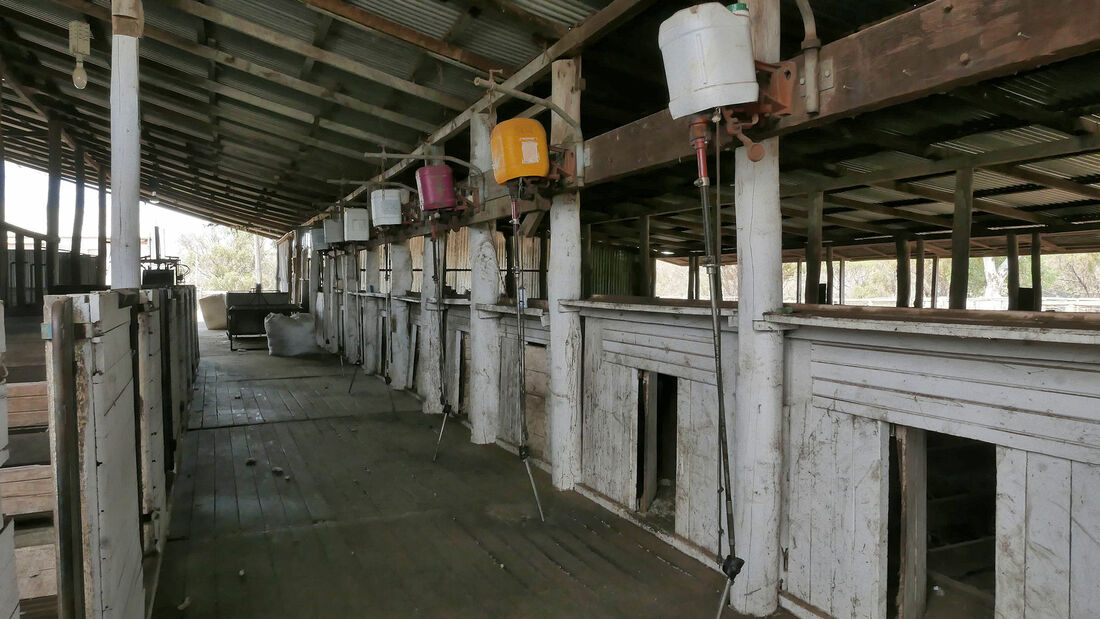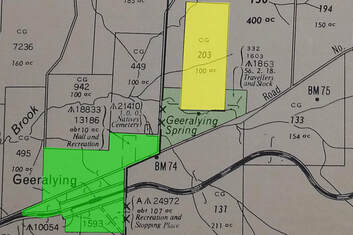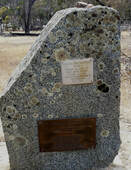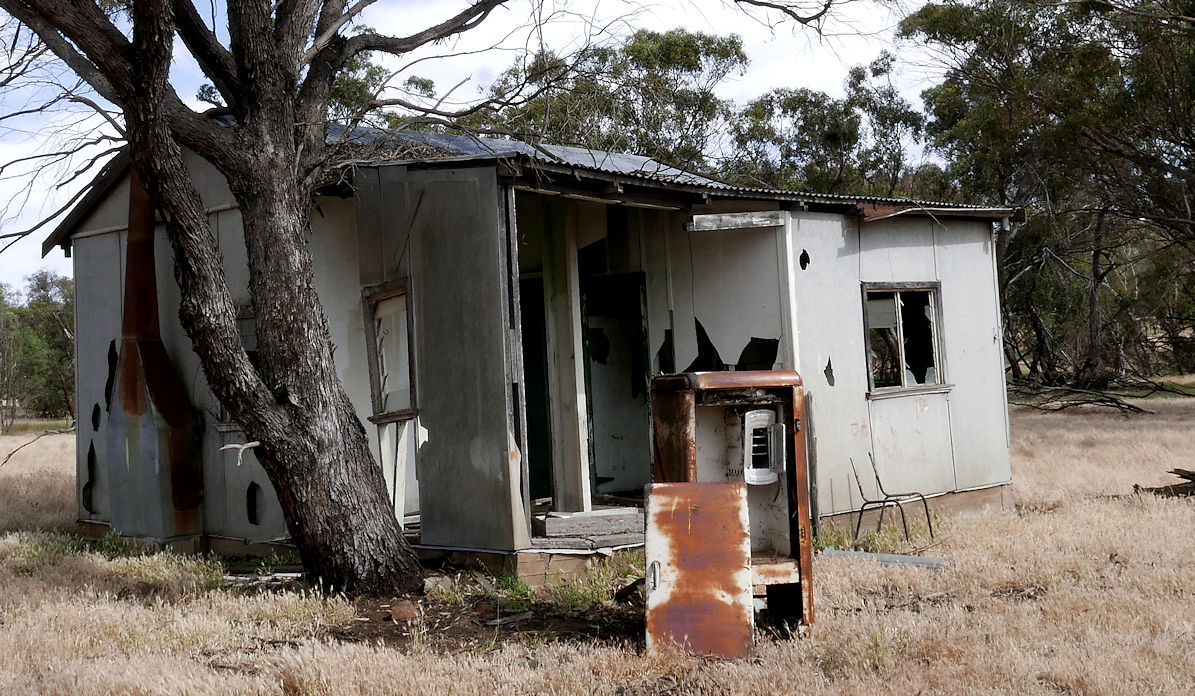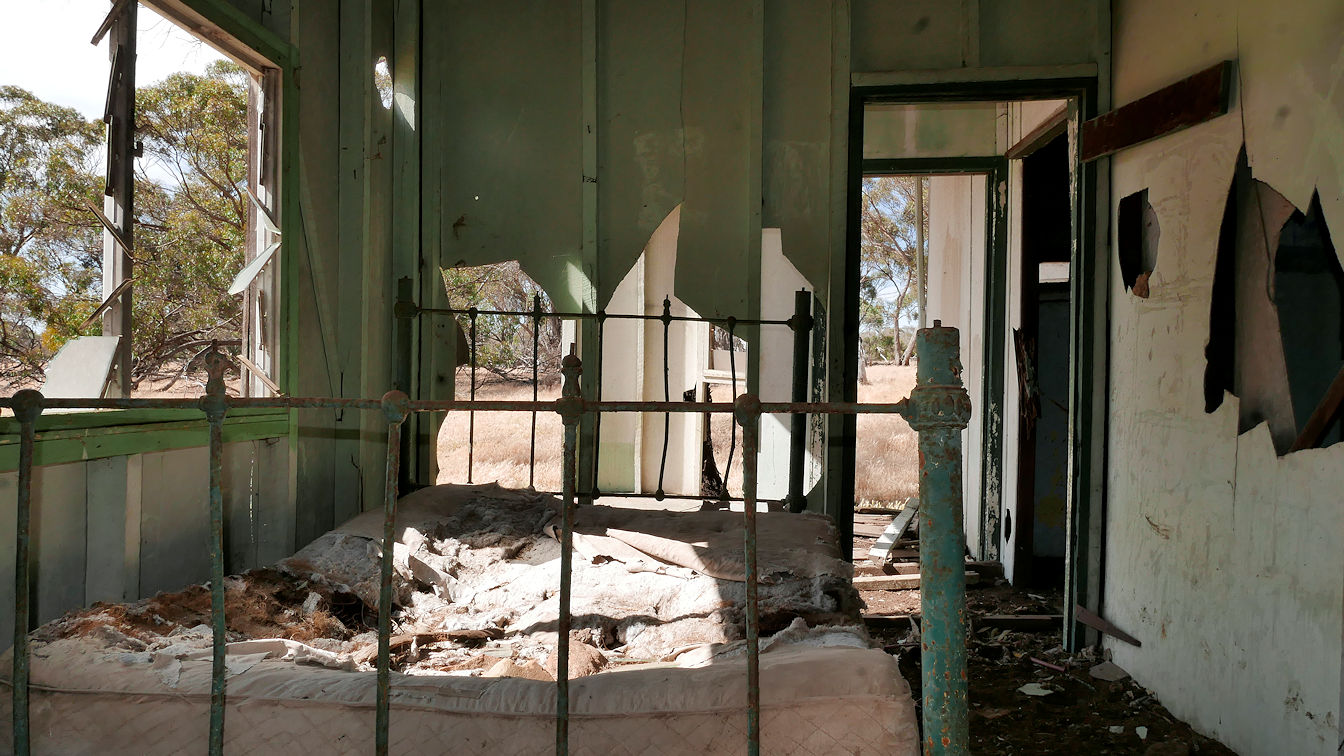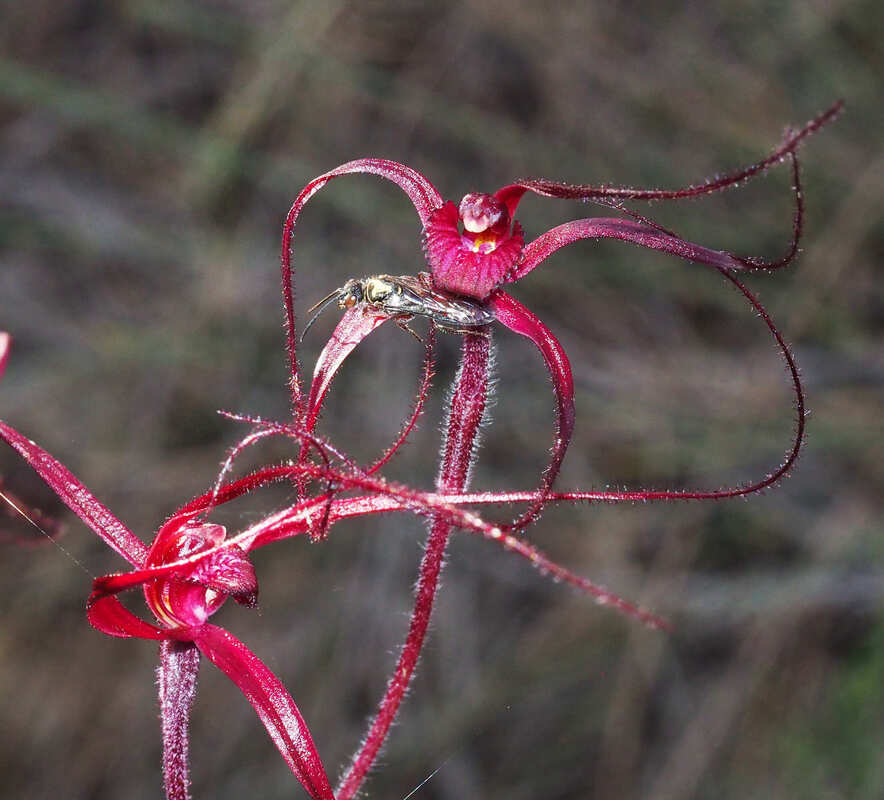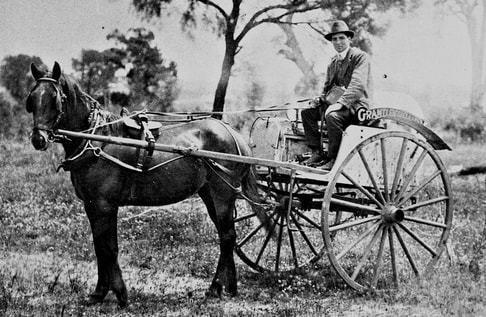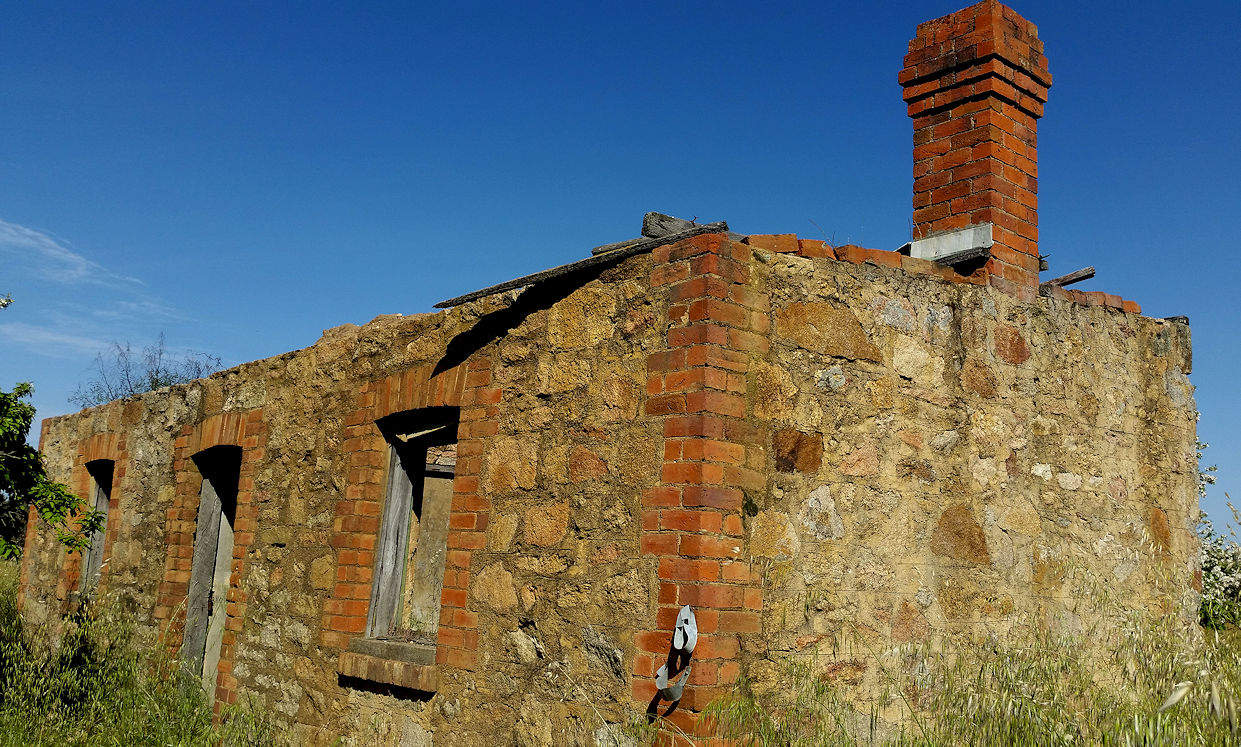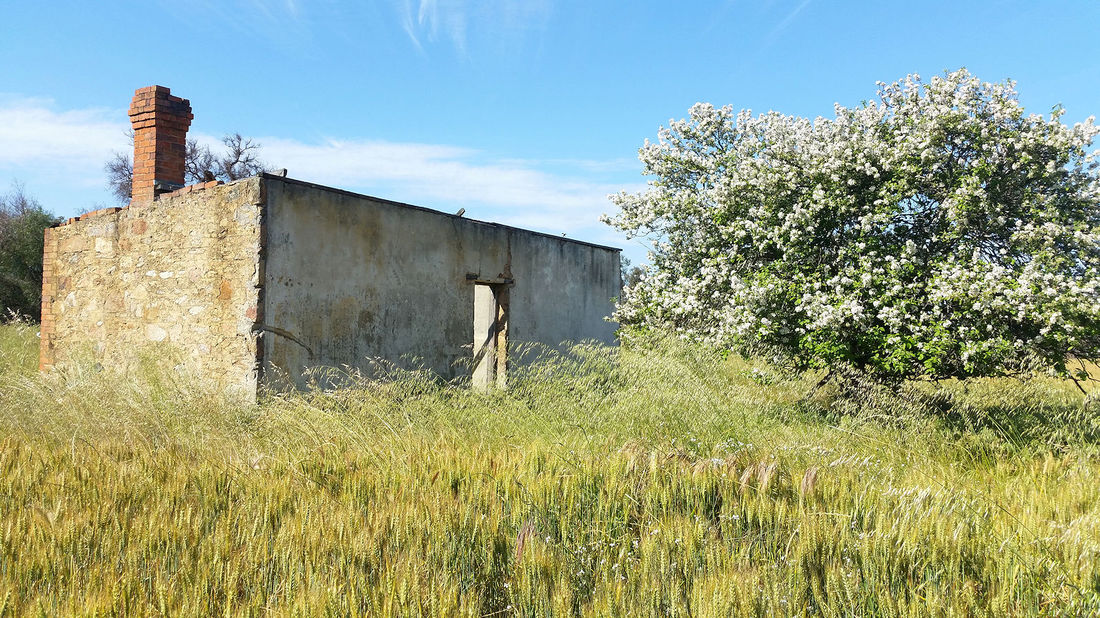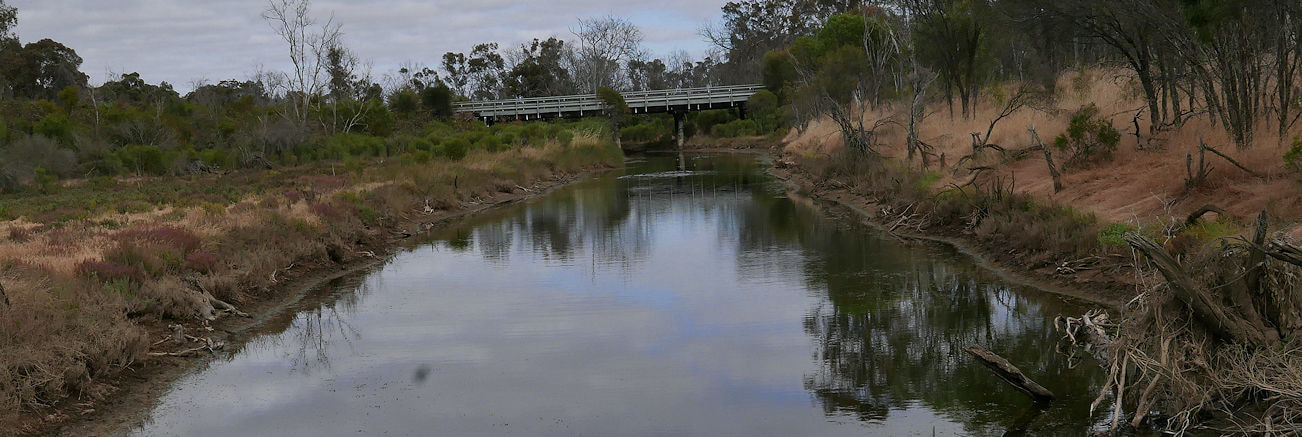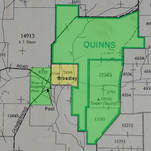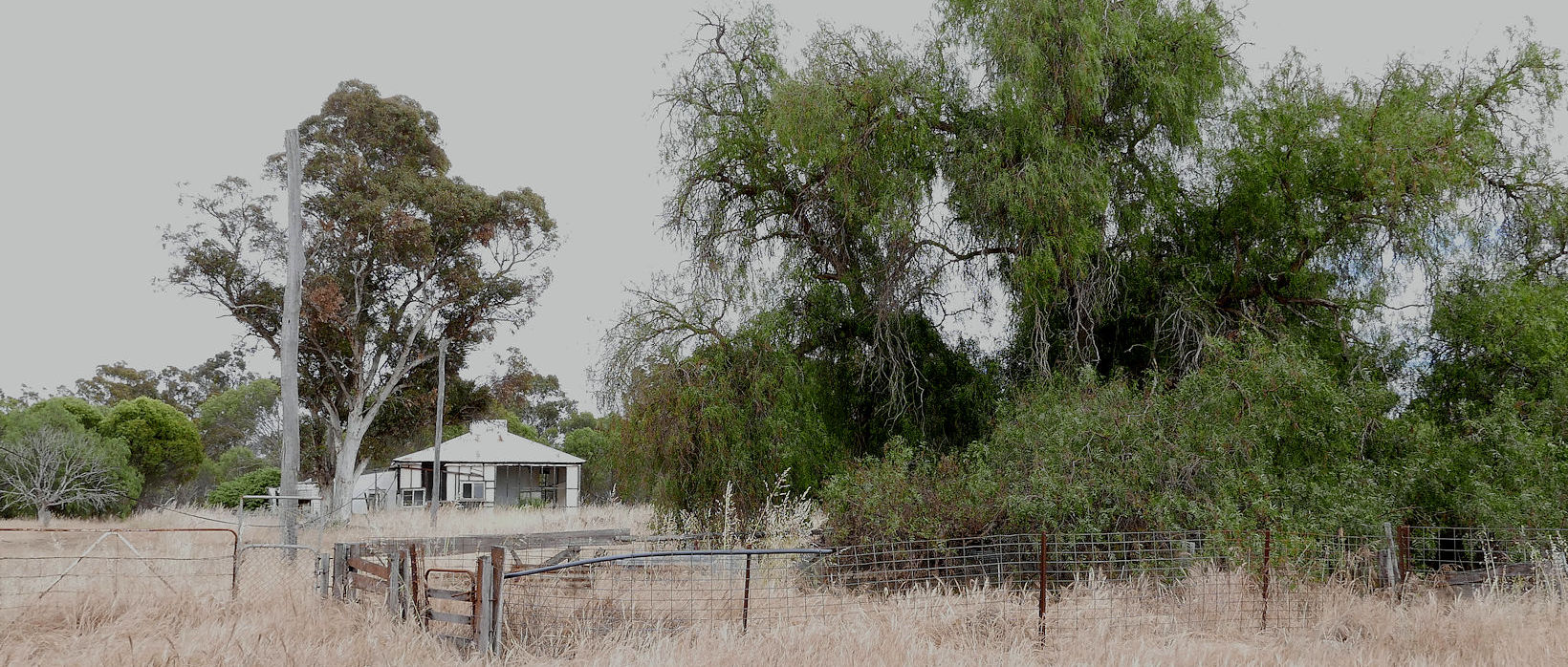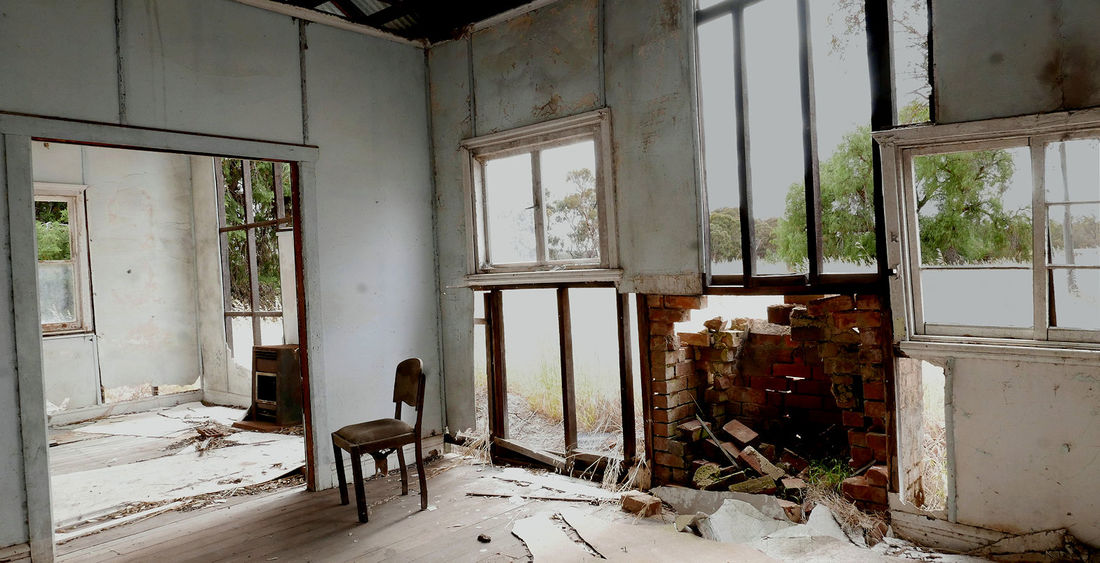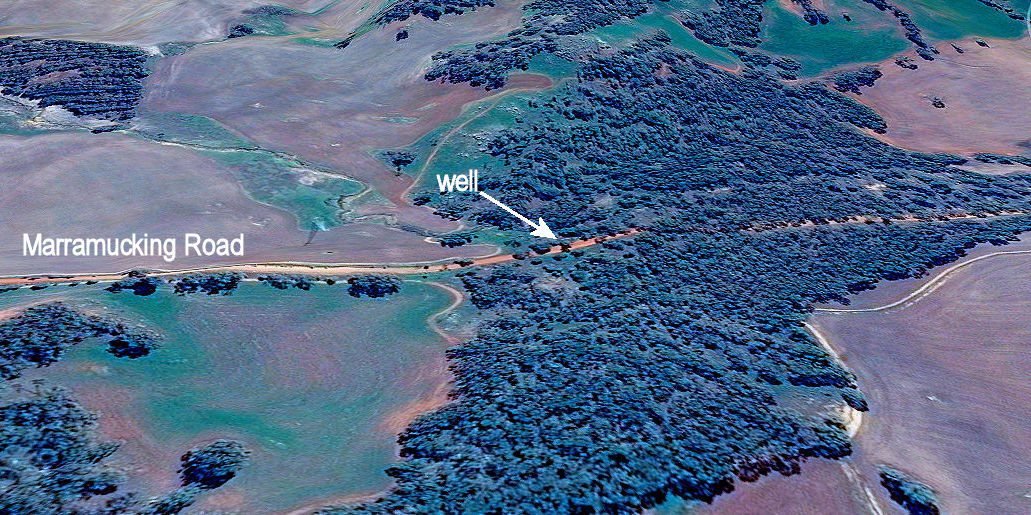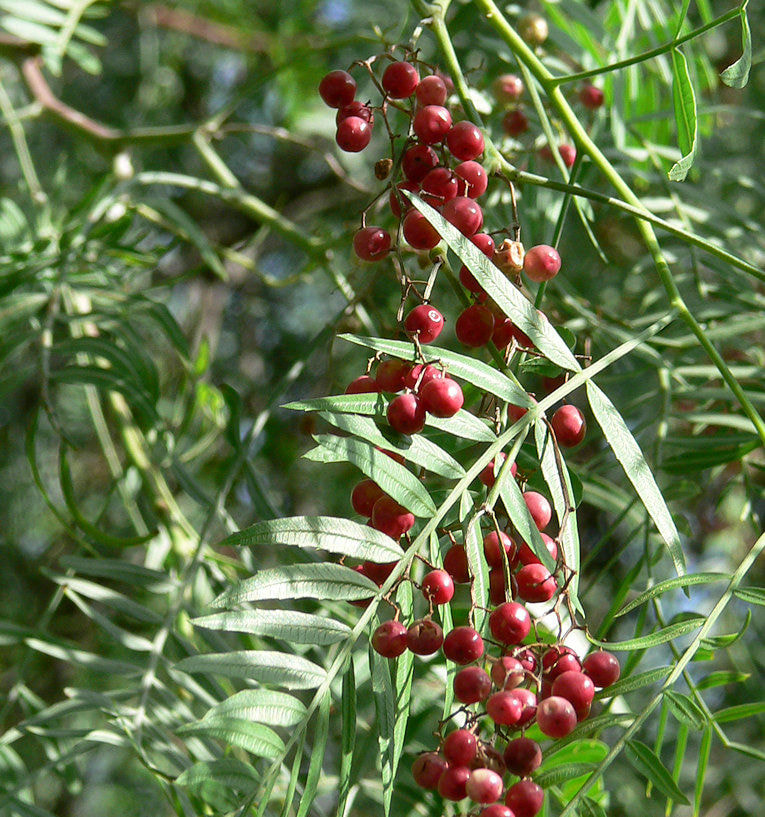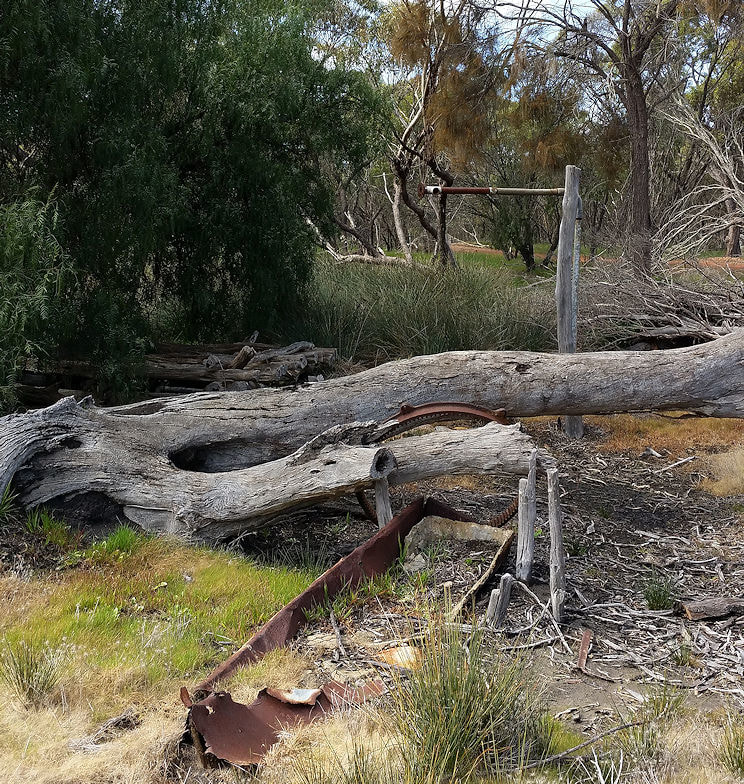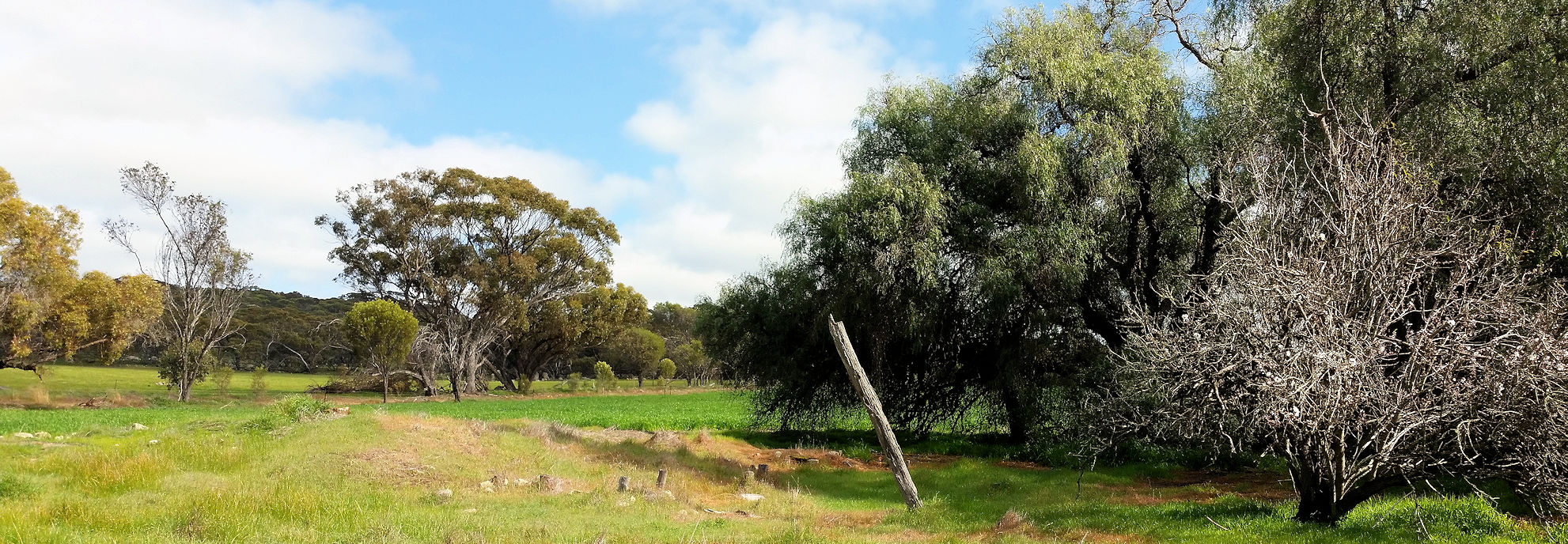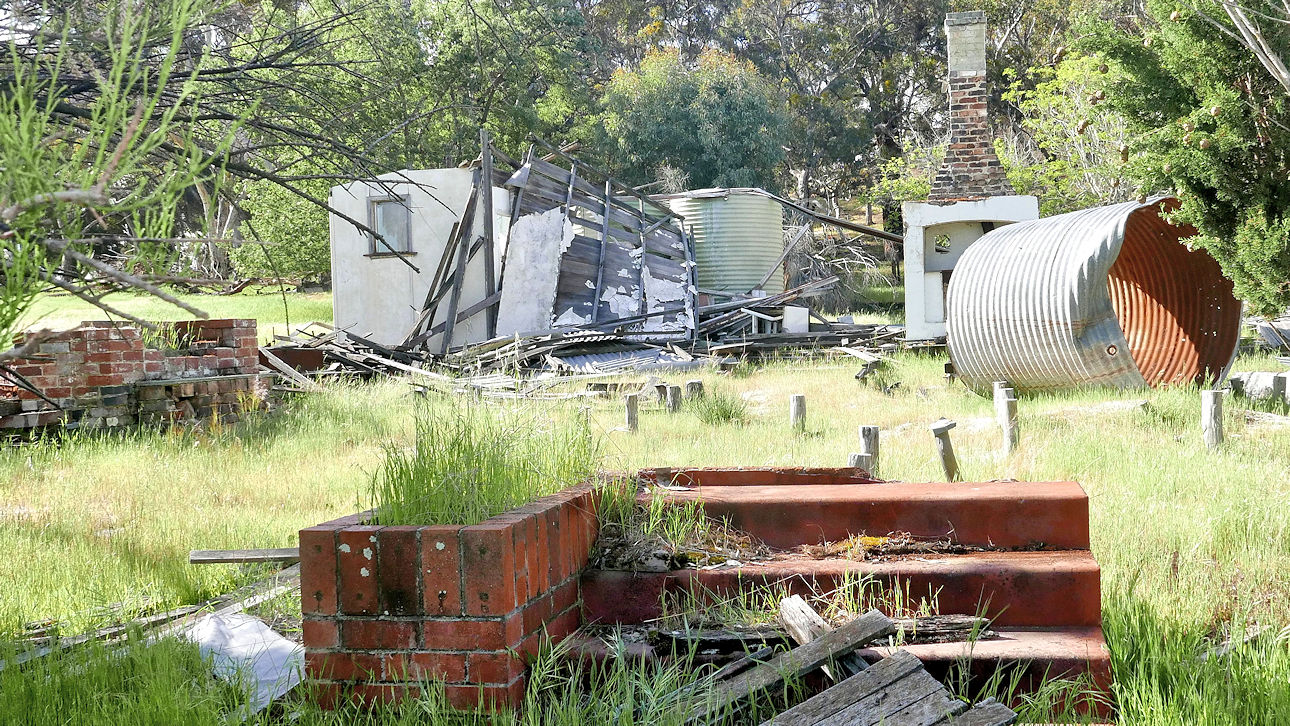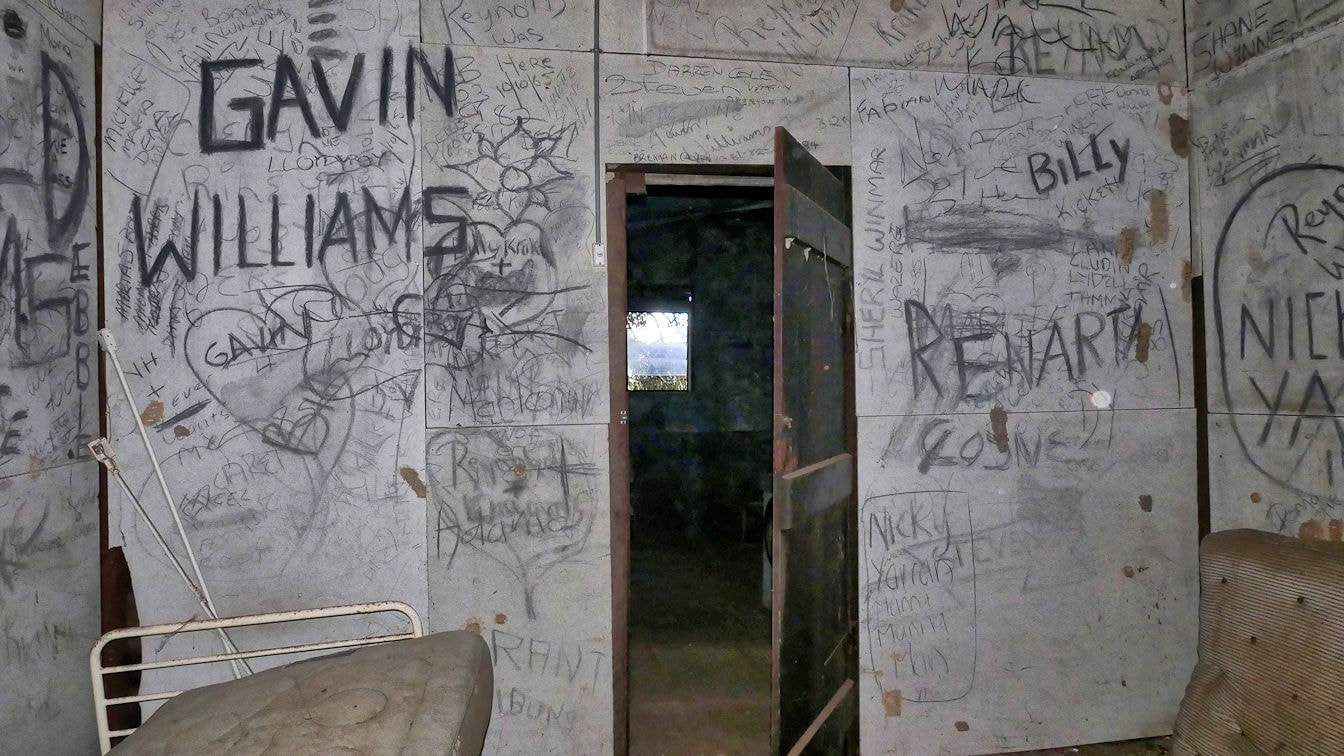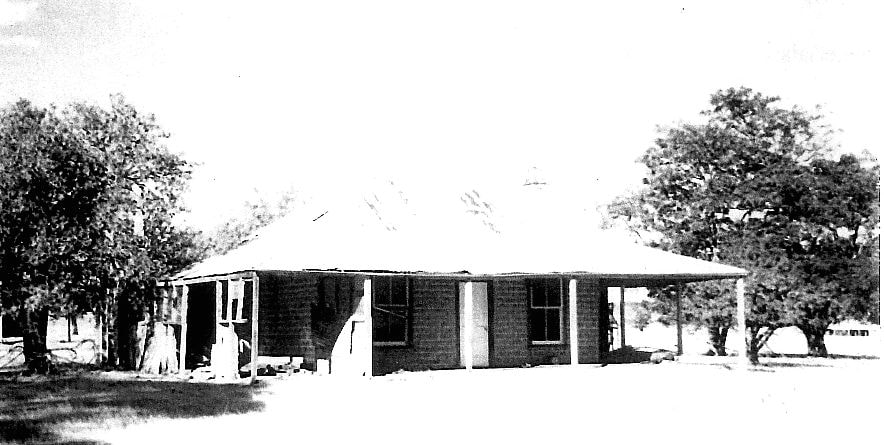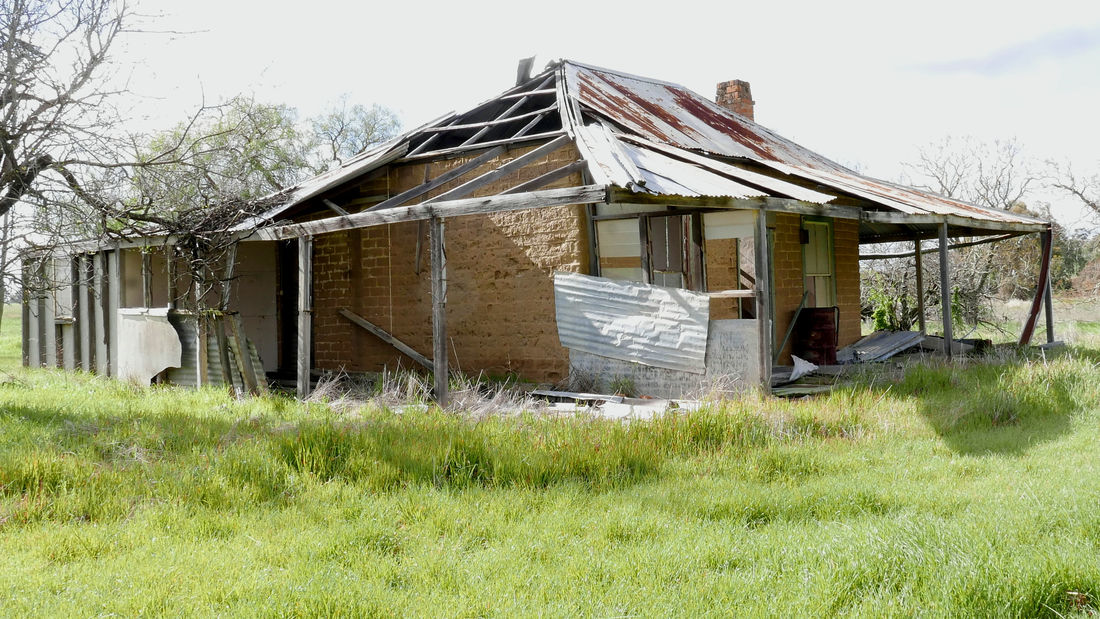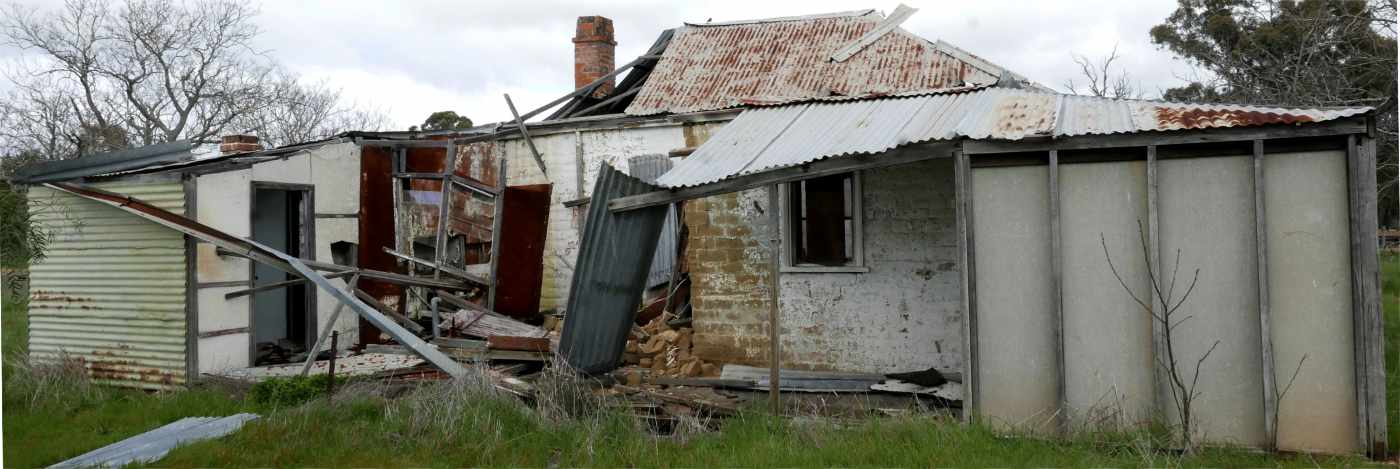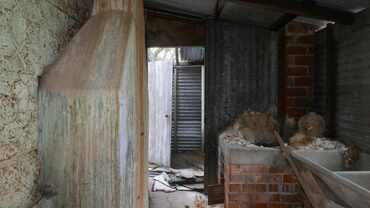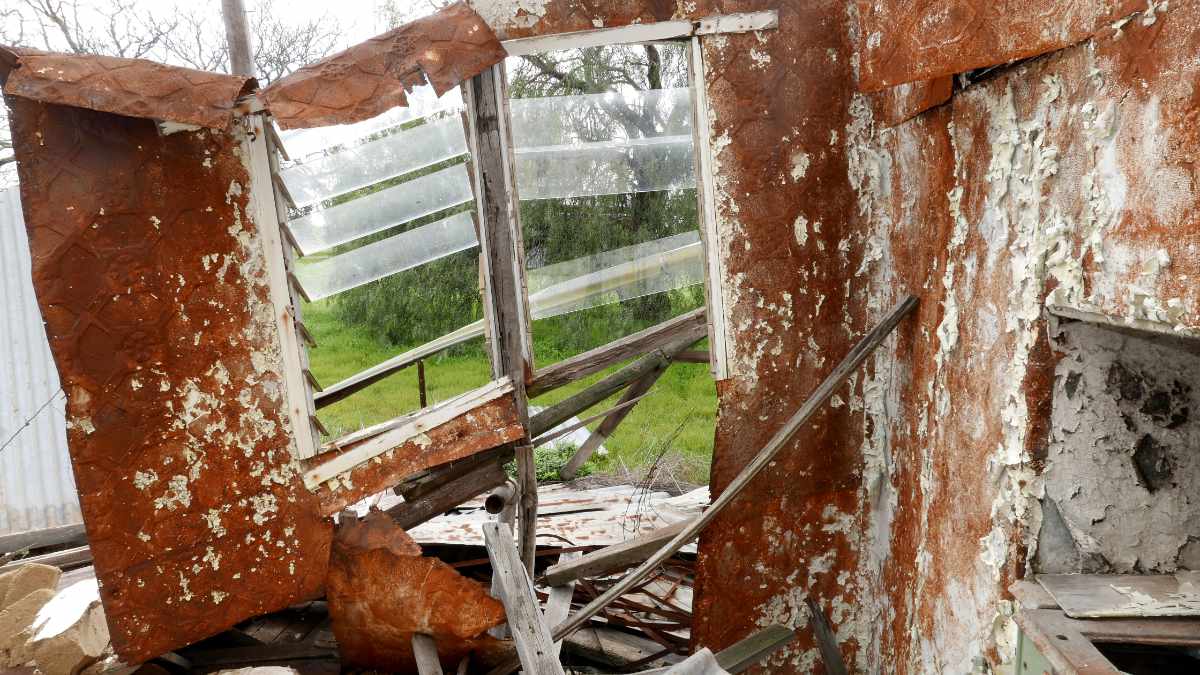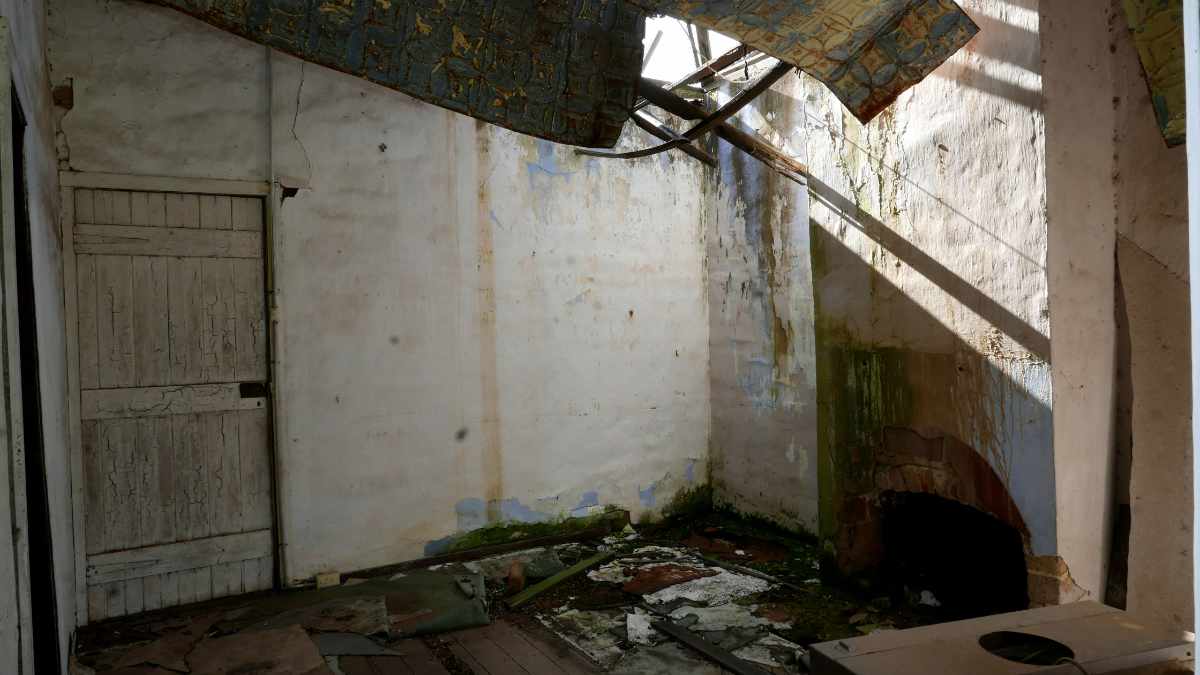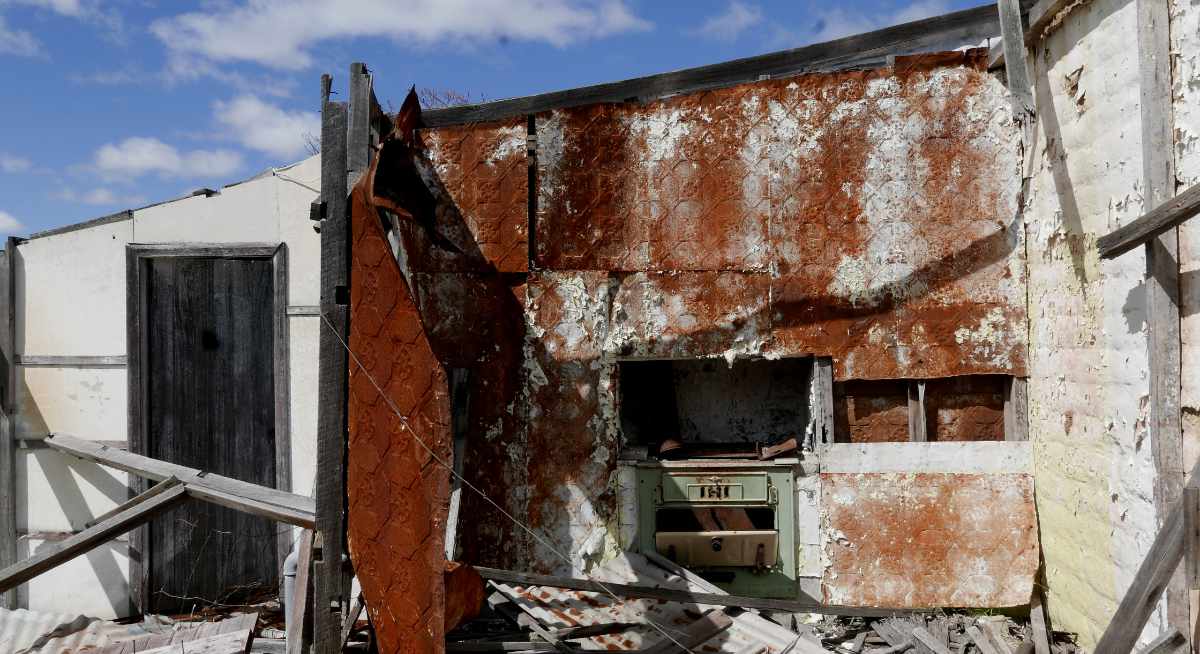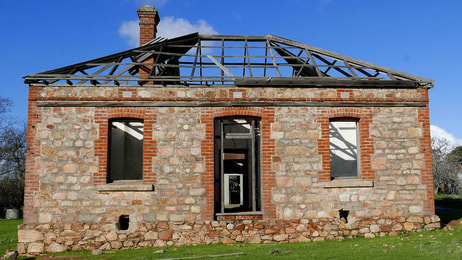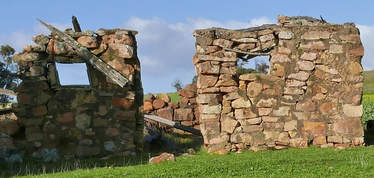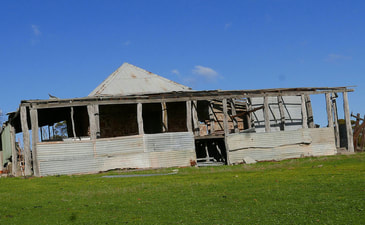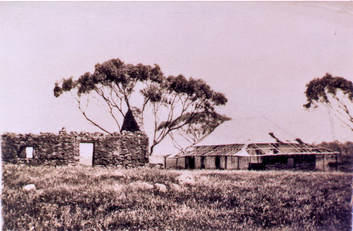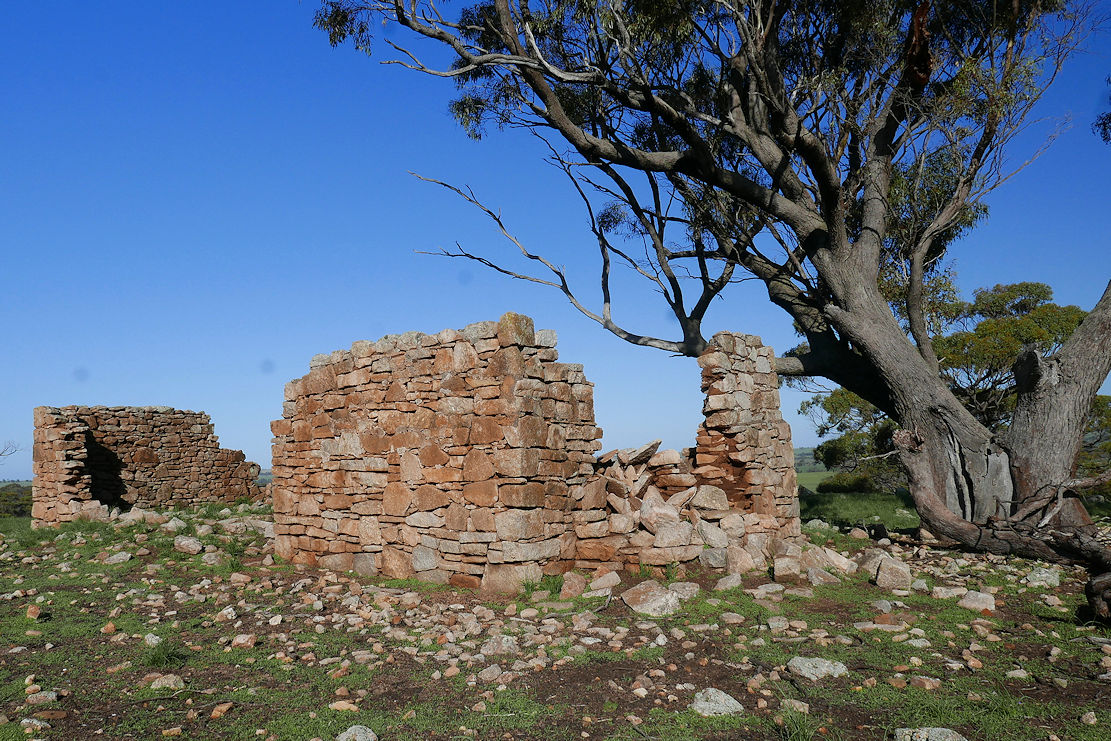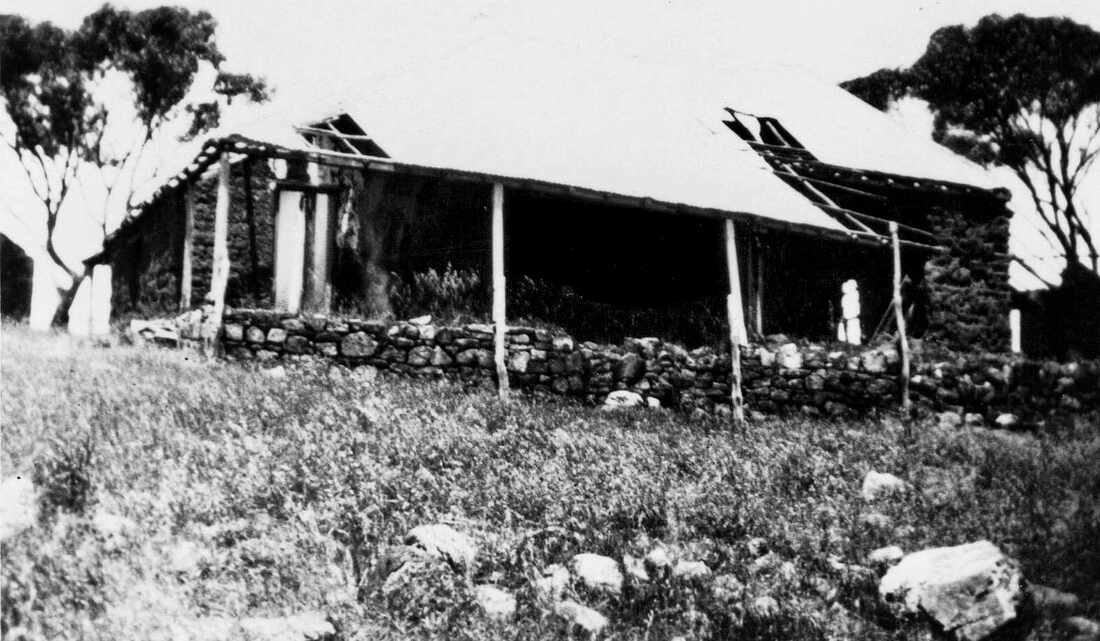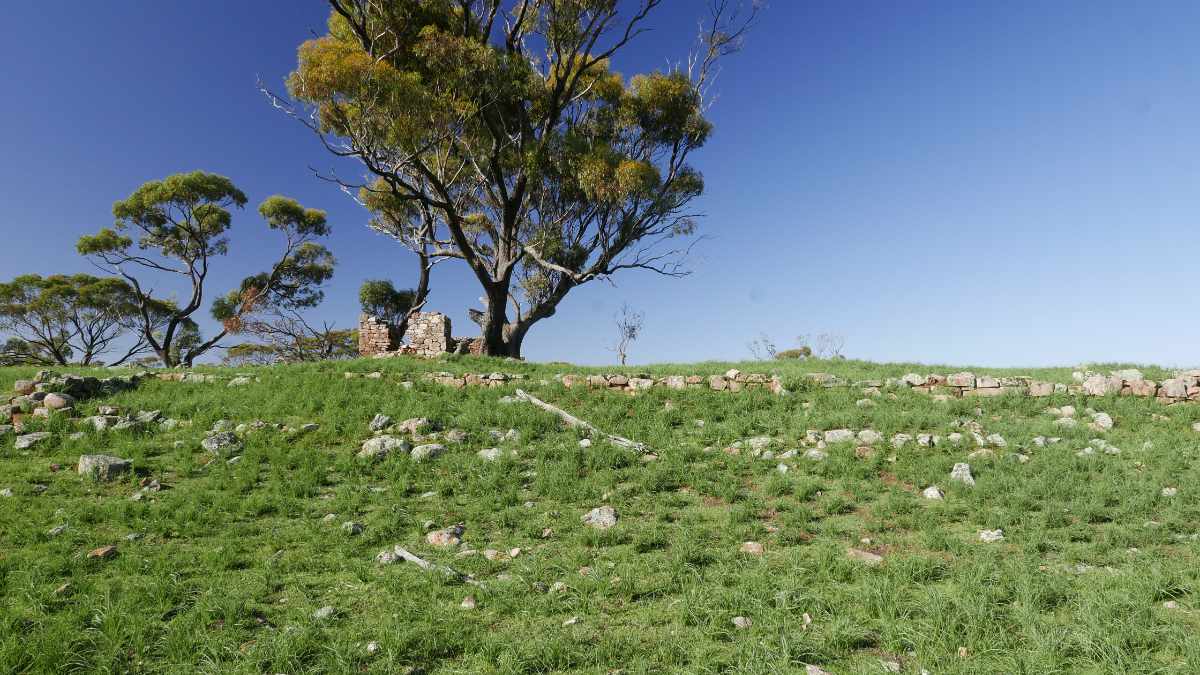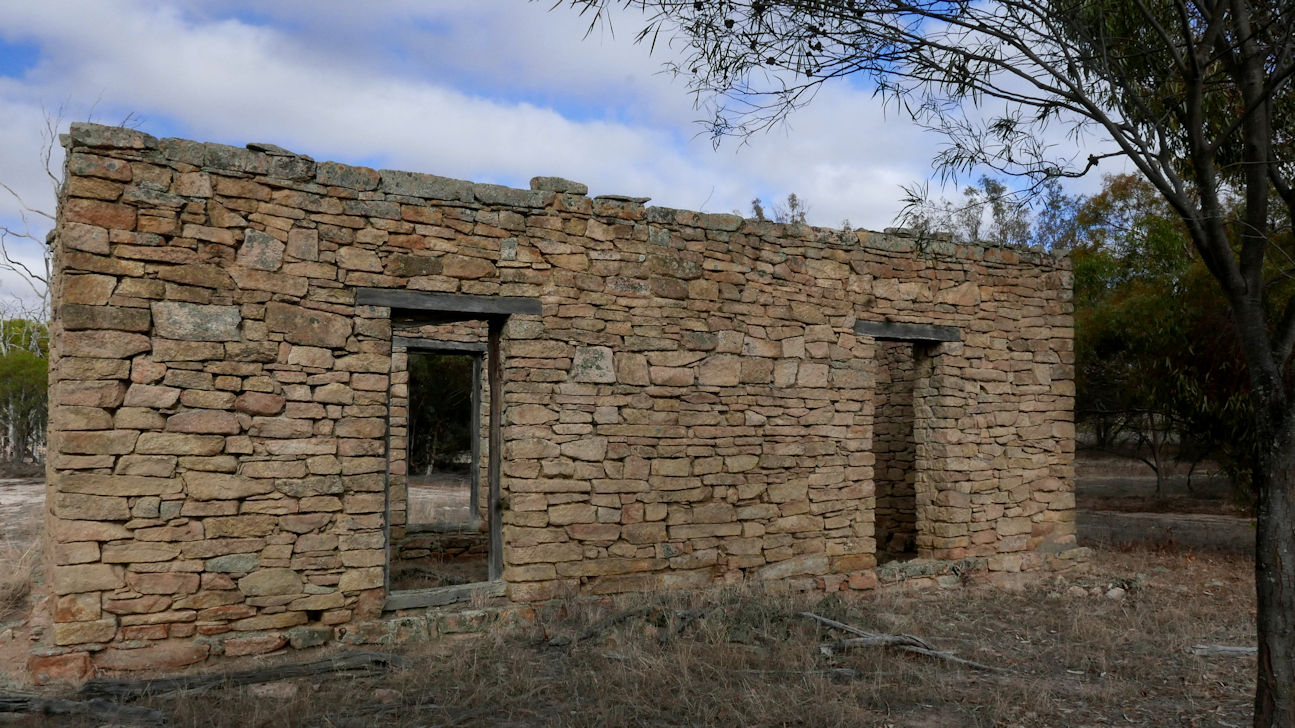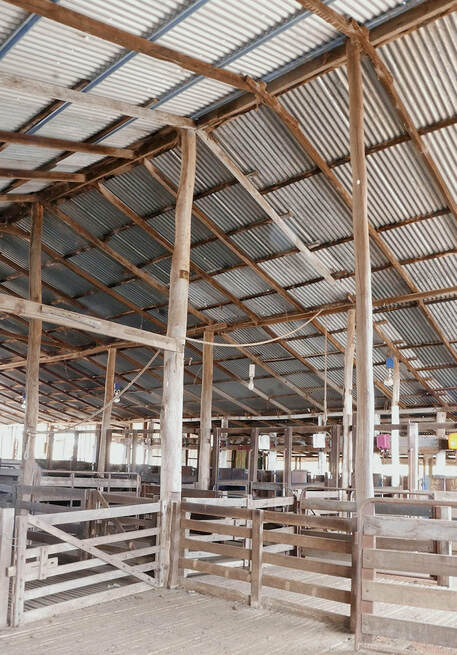
Greetings fellow Foxies,
This is a large historic shearing shed on the farm that adjoins Geeralying Reserve. It was established by Stanyford Cowcher a grazier who shepherded sheep between Pinjarra and Williams, and established a homestead farm north of Geeralying spring in 1893.
The shearing shed was built between 1900 and 1920. Initially a 4 stand shed, it was expanded to 6 then 10 stands as the Cowcher farm increased.
A stand refers to a shearing platform where the shearer stood as he pulled a sheep from a holding pen in front of him, sheared it (initially with a blade), then pushed it out down a ramp behind him. When mechanical shearing was introduced each handpiece used by a shearer was powered by an overhead drive axle, which was driven by an engine outside. Today each handpiece is driven by an electric motor.
A 10 stand shed is very large.
Apparently at the rear of the shed there were once stables with a long watering trough, which were destroyed in a storm, and the shed was partially rebuilt.
More modern shearing sheds have the shed holding pens and shearing stand raised above the ground to allow easier sheep movement and dung and urine to fall through the slatted floor. This shed is all on ground level (harder work).
Noongar shearers were common in the early/mid twentieth century, and there were many Noongar families camped in Geeralying Reserve (see this blog).
An elderly Narrogin resident recalled an incident in Narrogin Primary School, when the children were asked where they were born. Most said Vailema Maternity Hospital (in east Narrogin), until a Noongar boy piped up “Cowcher shearing shed at shearing time”
The shed is on private land and is not available to the public without consent
This is a large historic shearing shed on the farm that adjoins Geeralying Reserve. It was established by Stanyford Cowcher a grazier who shepherded sheep between Pinjarra and Williams, and established a homestead farm north of Geeralying spring in 1893.
The shearing shed was built between 1900 and 1920. Initially a 4 stand shed, it was expanded to 6 then 10 stands as the Cowcher farm increased.
A stand refers to a shearing platform where the shearer stood as he pulled a sheep from a holding pen in front of him, sheared it (initially with a blade), then pushed it out down a ramp behind him. When mechanical shearing was introduced each handpiece used by a shearer was powered by an overhead drive axle, which was driven by an engine outside. Today each handpiece is driven by an electric motor.
A 10 stand shed is very large.
Apparently at the rear of the shed there were once stables with a long watering trough, which were destroyed in a storm, and the shed was partially rebuilt.
More modern shearing sheds have the shed holding pens and shearing stand raised above the ground to allow easier sheep movement and dung and urine to fall through the slatted floor. This shed is all on ground level (harder work).
Noongar shearers were common in the early/mid twentieth century, and there were many Noongar families camped in Geeralying Reserve (see this blog).
An elderly Narrogin resident recalled an incident in Narrogin Primary School, when the children were asked where they were born. Most said Vailema Maternity Hospital (in east Narrogin), until a Noongar boy piped up “Cowcher shearing shed at shearing time”
The shed is on private land and is not available to the public without consent
For a visual exploration of the shed see this Google Photo album
Click individual images for information
Click individual images for information
